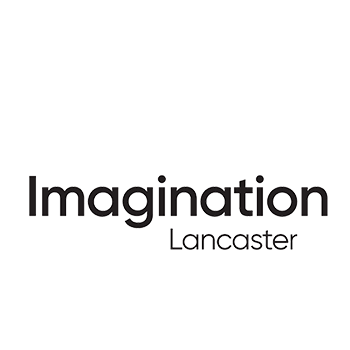Leon Cruickshank led a discussion and presentation of Leapfrog research at CODE recently. This group jointly lead by Professor Thomas Binder and Professor Eva Brandt represents one of the leading group for co-design on the international stage. There was a very interesting and thought provoking exchange with the staff, students and visitors that attended the seminar in Copenhagen.
CODE has many years experience in undertaking co-design, look here for more information on their extensive publications in this area . CODE are increasingly moving away from co-design as an intervention towards more experntial, anthropology inspired approaches that focus on the lived experience of co-design with communities embedded in the environment.
While leapfrog also looks for deep exchanges it takes a quite different form and do quite different ends than the CODE approach. The deep interactions in Leapfrog are tailored to work with communities to co-design resources to help these communities directly but also to crate tools and resources that have a more general, wider benefit to a multitude of communities.
The CODE and Leapfrog research with libraries is a good example of this contrast. CODE have been working with specific libraries in a very deep manner for over 6 years. They worked, embedded in the library to create new services, activities and possibilities for specific sets of participants that use or run the library. Leapfrog is just about to release a toolbox that was co-designed with library members from across the county of Lancashire. These resources are applicable to any library (and wider to many public buildings) that are facing challenges such as having to share services with others.
It would have been easy for this different approach to be seen in an oppositional sense and there be a discussion about the better approach. Nothing could be further from the discussion that ensued, it was impressive how positive, challenging, thought provoking and erudite the discussion was with staff and students being generous with their comments and probing with comments. There was a great deal to think about for all concerned and hopefully we will be able to pick up these conversations in the future, it certainly helped move on our thinking in Leapfrog.
